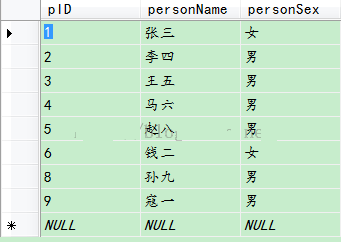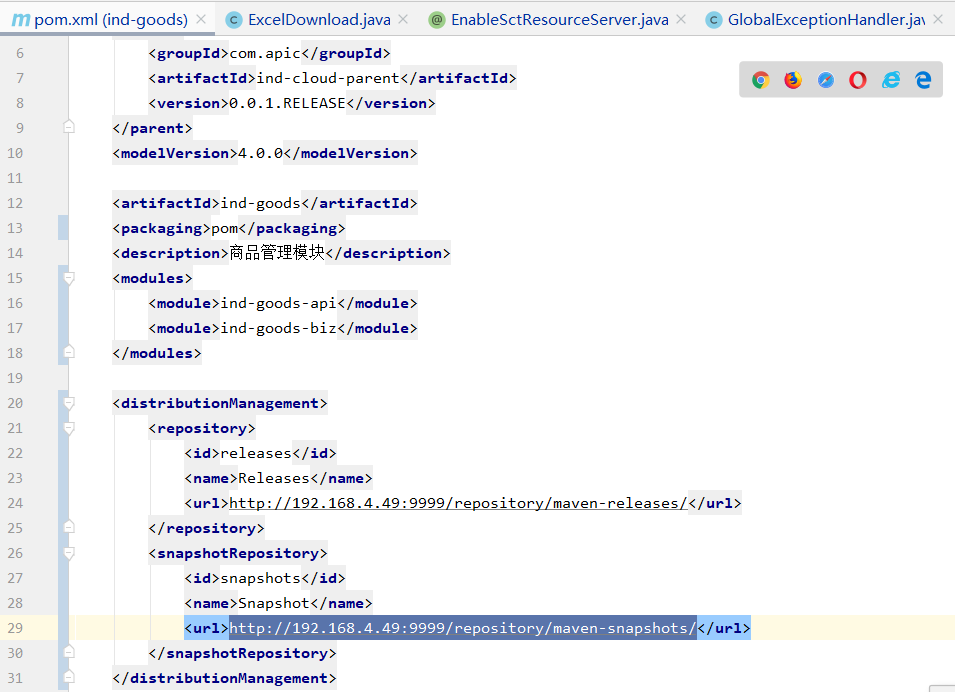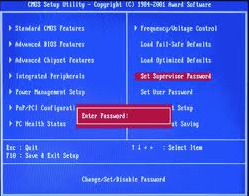Hbase的访问方式
1、Native Java API:最常规和高效的访问方式;
2、HBase Shell:HBase的命令行工具,最简单的接口,适合HBase管理使用;
3、Thrift Gateway:利用Thrift序列化技术,支持C++,PHP,Python等多种语言,适合其他异构系统在线访问HBase表数据;
4、REST Gateway:支持REST 风格的Http API访问HBase, 解除了语言限制;
5、MapReduce:直接使用MapReduce作业处理Hbase数据;
6、使用Pig/hive处理Hbase数据。
1、加载配置
?
|
1
2
3
4
5
|
Configuration config = HBaseConfiguration.create();
//可以自定义配置,也可以从自定义配置文件中读取
/*config.set("hbase.zookeeper.property.clientPort", "4181");
config.set("hbase.zookeeper.quorum", "hadoop.datanode5.com,hadoop.datanode2.com,hadoop.datanode3.com");
config.set("hbase.master", "hadoop.datanode3.com\\\\:600000");*/
|
2、表的创建、表信息修改、表删除
?
|
1
2
3
4
5
6
7
8
9
10
11
12
13
14
|
HBaseAdmin admin = new HBaseAdmin(config);
//创建表
HTableDescriptor htd = new HTableDescriptor(tableName);
htd.addFamily(new HColumnDescriptor("cf1"));
htd.addFamily(new HColumnDescriptor("cf2"));
admin.createTable(htd);
//修改表信息
admin.disableTable(tableName);
// modifying existing ColumnFamily
admin.modifyColumn(tableName, new HColumnDescriptor("cf1"));
admin.enableTable(tableName);
//删除表
admin.disableTable(Bytes.toBytes(tableName));
admin.deleteTable(Bytes.toBytes(tableName));
|
3、添加记录
?
|
1
2
3
4
5
6
7
8
9
10
11
12
13
14
15
16
17
18
19
20
21
22
23
24
|
/** 在多次使用时,建议用HTablePool
HTable table = new HTable(config, tableName);
=>
HTablePool pool = new HTablePool(config, 1000);
HTableInterface table = pool.getTable(tableName);*/
HTable table = new HTable(config, tableName);
/**
* 在插入操作时,默认不适用任何缓存
* 可自定义使用缓存,以及缓存大小
* 每个任务最后需要手工调用 flushCommits();
*/
/*table.setAutoFlush(false);
table.setWriteBufferSize(1024);*/
Put put1 = new Put(Bytes.toBytes(rowKey));
if (ts == 0) {
put1.add(Bytes.toBytes(family), Bytes.toBytes(qualifier), Bytes.toBytes(value));
} else {
//自定义版本时,从自定义的版本号,类型为long
put1.add(Bytes.toBytes(family), Bytes.toBytes(qualifier), ts,Bytes.toBytes(value));
}
table.put(put1);
//table.flushCommits();
|
4、查询,根据Rowkey查询
?
|
1
2
3
4
|
Get get1 = new Get(Bytes.toBytes(rowKey));
Result result = table.get(get1);
System.out.println("get result:" + Bytes.toString(result.getValue(Bytes.toBytes(family), Bytes.toBytes(qualifier))));
Result[] result = table.get(List<Get>);//查询指定Rowkey的多条记录
|
5、查询,指定条件和rowkey区间查询
?
|
1
2
3
4
5
6
7
8
9
10
11
12
13
14
15
16
17
18
19
20
21
22
|
Scan scan = new Scan();
//默认缓存大小为1,设置成一个合理的值,可以减少scan过程中next()的时间开销,代价是客户端的内存
scan.setCaching(500);
scan.setCacheBlocks(false);
//根据startRowKey、endRowKey查询
//Scan scan = new Scan(Bytes.toBytes("startRowKey"), Bytes.toBytes("endRowKey"));
//rowKey之外的过滤条件,在List中可以add;
/**List<Filter> filters = new ArrayList<Filter>();
Filter filter = new SingleColumnValueFilter("familyName".getBytes(),
"qualifierName".getBytes(),
CompareOp.EQUAL,
Bytes.toBytes("value"));
filters.add(filter);
scan.setFilter(new FilterList(filters));*/
ResultScanner scanner = table.getScanner(scan);
System.out.println("scan result list:");
for (Result result : scanner) {
System.out.println(Bytes.toString(result.getRow()));
System.out.println(Bytes.toString(result.getValue(Bytes.toBytes("data"), Bytes.toBytes("data1"))));
System.out.println(Bytes.toString(result.getValue(Bytes.toBytes("data"), Bytes.toBytes("data2"))));
}
scanner.close();
|
总结
以上所述是小编给大家介绍的hbase访问方式之java api,希望对大家有所帮助,如果大家有任何疑问请给我留言,小编会及时回复大家的。在此也非常感谢大家对快网idc网站的支持!
原文链接:http://blog.sina.com.cn/s/blog_9c6852670102wx03.html
相关文章
猜你喜欢
- 个人服务器网站搭建:如何选择合适的服务器提供商? 2025-06-10
- ASP.NET自助建站系统中如何实现多语言支持? 2025-06-10
- 64M VPS建站:如何选择最适合的网站建设平台? 2025-06-10
- ASP.NET本地开发时常见的配置错误及解决方法? 2025-06-10
- ASP.NET自助建站系统的数据库备份与恢复操作指南 2025-06-10
TA的动态
- 2025-07-10 怎样使用阿里云的安全工具进行服务器漏洞扫描和修复?
- 2025-07-10 怎样使用命令行工具优化Linux云服务器的Ping性能?
- 2025-07-10 怎样使用Xshell连接华为云服务器,实现高效远程管理?
- 2025-07-10 怎样利用云服务器D盘搭建稳定、高效的网站托管环境?
- 2025-07-10 怎样使用阿里云的安全组功能来增强服务器防火墙的安全性?
快网idc优惠网
QQ交流群
您的支持,是我们最大的动力!
热门文章
-
2025-05-27 52
-
2025-05-29 65
-
2025-05-29 26
-
2025-05-29 30
-
2025-05-29 108
热门评论











